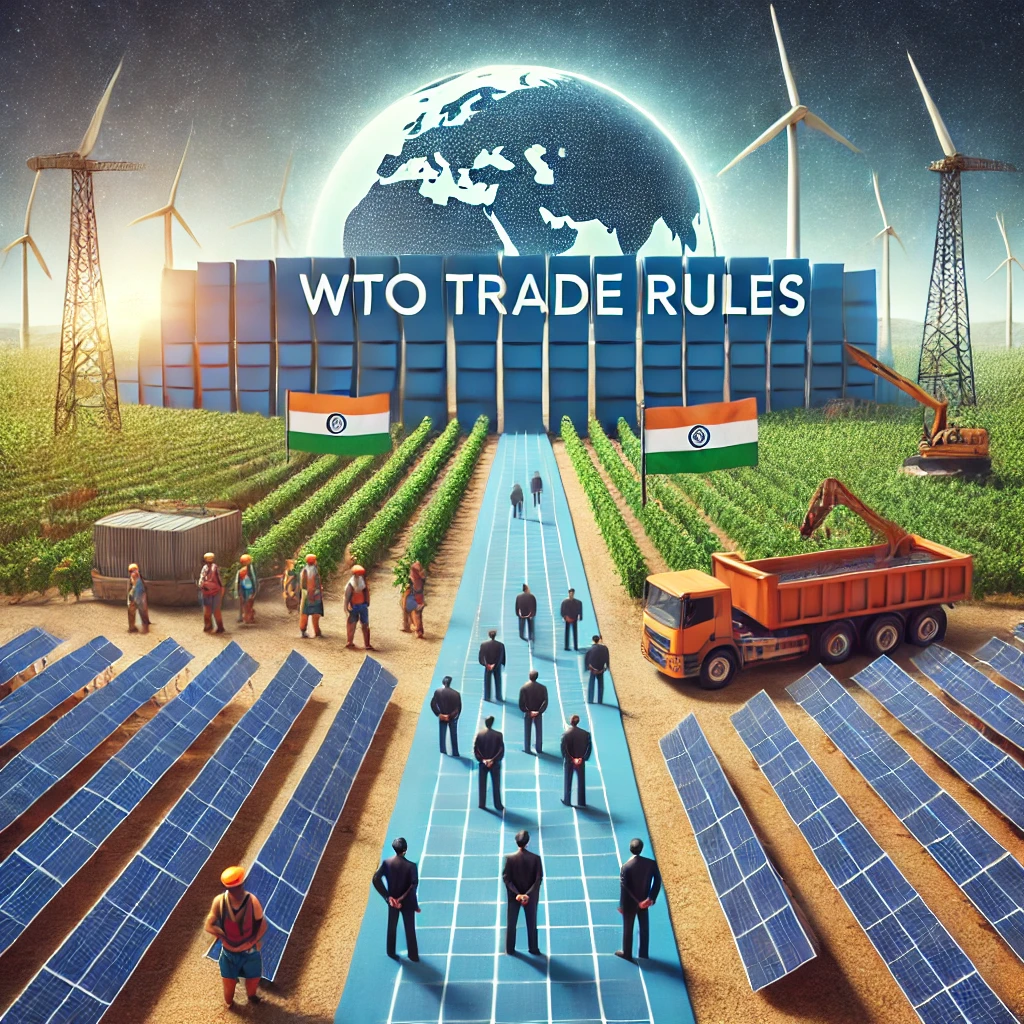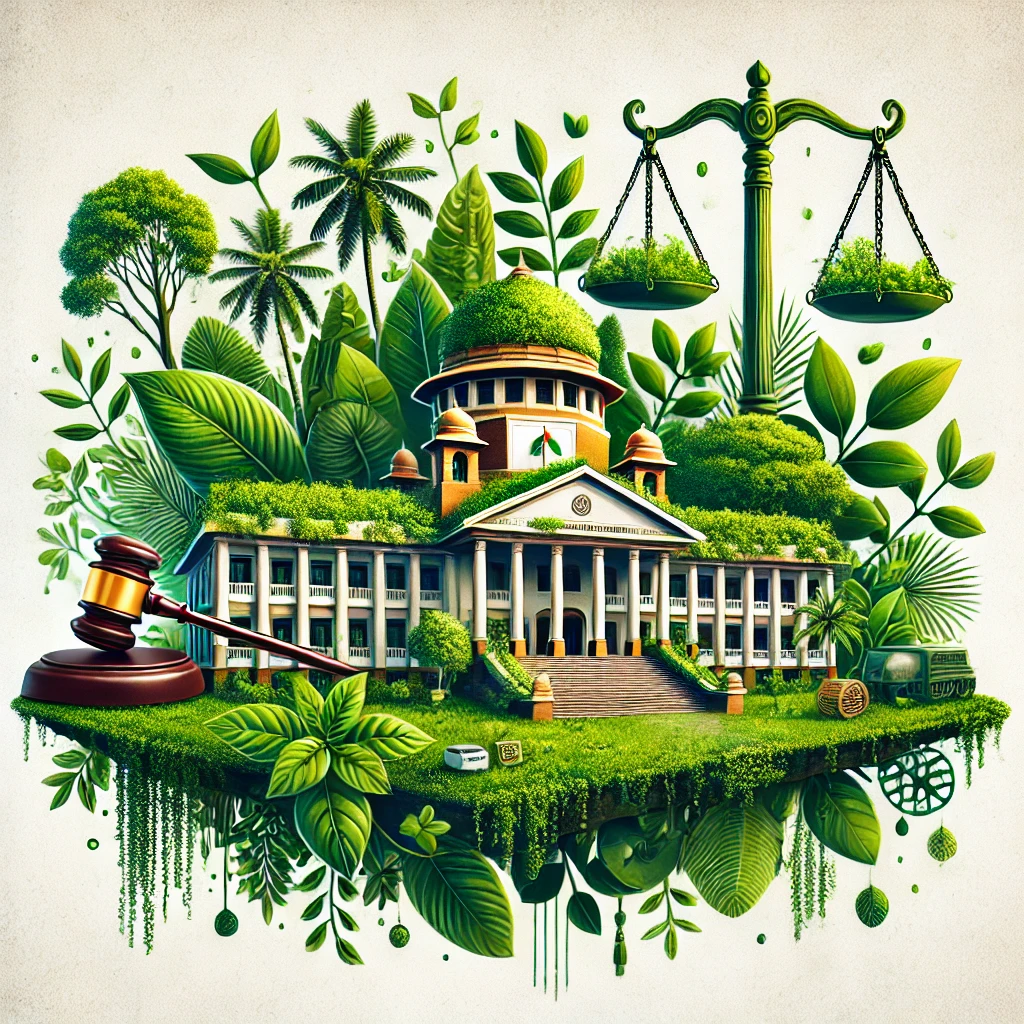Environmental laws at Ukraine
Ukraine has a broad range of environmental laws and regulations aimed at protecting the environment, managing natural resources, and addressing issues such as pollution, waste management, and biodiversity conservation. Over the years, Ukraine has made efforts to align its environmental policies with European Union standards, particularly as part of its EU association agreements. Below is an overview of key environmental laws, regulations, and policies in Ukraine:
1. Constitutional and National Framework
The Constitution of Ukraine (1996) establishes the right of citizens to a healthy environment, stating that everyone has the right to live in an ecologically balanced environment and the obligation to protect nature.
Environmental Protection Law (1991): This is the primary law governing environmental protection in Ukraine. It outlines the state’s responsibility for environmental quality and the roles of various government agencies in environmental regulation and protection.
2. Environmental Code of Ukraine
The Environmental Code of Ukraine (2017): This is the central legal framework for environmental protection in Ukraine. It governs the use and management of natural resources, regulates the prevention of environmental damage, and establishes guidelines for pollution control, waste management, and environmental impact assessments (EIA).
The code integrates environmental protection with sustainable economic development, balancing environmental concerns with the need for growth.
3. Pollution Control and Air Quality
Air Protection Law (1992): This law establishes the legal framework for air quality management in Ukraine, setting limits on emissions from industries and transportation, and regulating air pollution levels.
Regulation on Atmospheric Air Protection (2002): A regulation that defines acceptable limits for pollutants in the air and establishes measures to control industrial emissions.
Ukraine has taken steps to align its air quality regulations with international standards, including those of the World Health Organization (WHO) and the European Union.
4. Water Protection and Management
Water Code of Ukraine (1995): This law provides the regulatory framework for the protection and sustainable management of water resources. It sets the guidelines for water use, wastewater management, and pollution prevention in water bodies.
Law on the Protection of Water Resources (2014): Aimed at improving water management and the protection of aquatic ecosystems, this law helps address issues like water scarcity and pollution of rivers, lakes, and underground water sources.
Regulation on Drinking Water Quality (2004): This regulation sets standards for drinking water quality and ensures that water treatment facilities meet public health requirements.
5. Waste Management and Hazardous Waste
Law on Waste Management (1998): This law regulates waste management in Ukraine, establishing requirements for waste collection, disposal, recycling, and waste reduction. It includes provisions for industrial, household, and hazardous waste.
Hazardous Waste Law (2000): This law establishes protocols for the management of hazardous waste, including its storage, transportation, treatment, and disposal, in order to reduce risks to public health and the environment.
Extended Producer Responsibility (EPR): Ukraine is working to implement EPR systems for managing waste from packaging, electrical goods, and other consumer products, aiming to improve recycling rates and reduce waste generation.
6. Biodiversity and Conservation Laws
Law on Environmental Protection (1991): This law provides for the conservation of Ukraine's natural heritage, including forests, wildlife, and ecosystems, and requires the state to implement policies for the sustainable use of natural resources.
Protected Areas Law (1992): This law designates areas of special natural value as protected areas, including national parks, nature reserves, and biosphere reserves. It provides legal protection for biodiversity-rich ecosystems.
Law on the Red Book of Ukraine (2002): This law provides for the protection of endangered species in Ukraine. The Red Book of Ukraine is an official list of endangered and vulnerable plant and animal species that require special protection efforts.
Biodiversity Strategy and Action Plan: Ukraine has developed and is implementing a National Biodiversity Strategy and Action Plan, in line with the Convention on Biological Diversity (CBD), to preserve its biodiversity and meet international conservation goals.
7. Environmental Impact Assessment (EIA)
EIA Law (2017): Environmental Impact Assessments are required for certain types of development projects that may have significant environmental effects. This law mandates that projects undergo a comprehensive environmental review before approval. The law was harmonized with EU standards under the EU-Ukraine Association Agreement, specifically aligning with the EU Directive on Environmental Impact Assessment.
Strategic Environmental Assessment (SEA): For certain plans and programs, a Strategic Environmental Assessment is required to ensure that environmental considerations are integrated into planning and decision-making processes.
8. Climate Change and Energy Laws
Law on Energy Efficiency (2017): This law sets guidelines for energy conservation and the efficient use of energy in Ukraine. It supports efforts to reduce energy consumption, improve energy performance in buildings, and promote renewable energy sources.
Ukraine’s National Strategy on Climate Change (2021): Ukraine has developed a climate change strategy to address the impacts of global warming and reduce greenhouse gas emissions. The strategy includes actions to increase energy efficiency, promote renewable energy, and adapt to the effects of climate change.
Kyoto Protocol and Paris Agreement: Ukraine is a party to the Kyoto Protocol and Paris Agreement, committing to reduce greenhouse gas emissions and contribute to international climate change mitigation efforts.
9. Environmental Protection Agencies and Institutions
Ministry of Environmental Protection and Natural Resources of Ukraine: This is the key government body responsible for environmental management, policy development, and enforcement of environmental laws. It works with various regional and local authorities to oversee environmental protection efforts.
State Ecological Inspectorate of Ukraine (SEI): This agency is responsible for ensuring compliance with environmental laws, regulations, and standards. It monitors pollution levels, conducts inspections, and enforces environmental protection measures.
Ukrainian State Forestry Agency: Responsible for managing Ukraine’s forests, this agency plays a significant role in forest conservation, afforestation efforts, and preventing illegal logging.
10. International Agreements and Cooperation
Ukraine is a party to several important international environmental agreements, which influence its national laws and policies:
Kyoto Protocol: Ukraine is a signatory to this international treaty aimed at reducing greenhouse gas emissions.
Paris Agreement: Ukraine ratified this global agreement on climate change in 2016, committing to reduce its emissions and take action against global warming.
Convention on Biological Diversity (CBD): Ukraine is a signatory and has developed national strategies to conserve biodiversity and protect endangered species.
Ramsar Convention on Wetlands: Ukraine is committed to conserving wetlands of international importance, and several Ramsar sites are located within its borders.
11. Environmental Education and Public Awareness
Ukraine has implemented several initiatives to increase environmental awareness among its citizens, including educational programs in schools, public awareness campaigns, and community-based environmental initiatives. The goal is to encourage the sustainable use of resources, reduce waste, and promote environmental stewardship at all levels of society.
12. Challenges and Future Directions
Despite having a comprehensive set of environmental laws, Ukraine faces several challenges in enforcing these laws effectively. Some of the main issues include:
Corruption: Corruption and weak institutional capacity hinder the effective implementation of environmental regulations.
Industrial Pollution: Legacy pollution from heavy industries remains a major environmental concern, particularly in regions with high industrial activity.
Climate Change: Ukraine is vulnerable to climate change, especially with increasing temperatures and more frequent extreme weather events. Addressing these challenges requires significant adaptation efforts and resilience-building measures.
In conclusion, Ukraine has a strong legal framework for environmental protection, particularly in areas like pollution control, water and waste management, and biodiversity conservation. However, effective enforcement, governance, and the integration of environmental considerations into national development plans remain key challenges for achieving sustainable environmental outcomes.




























0 comments